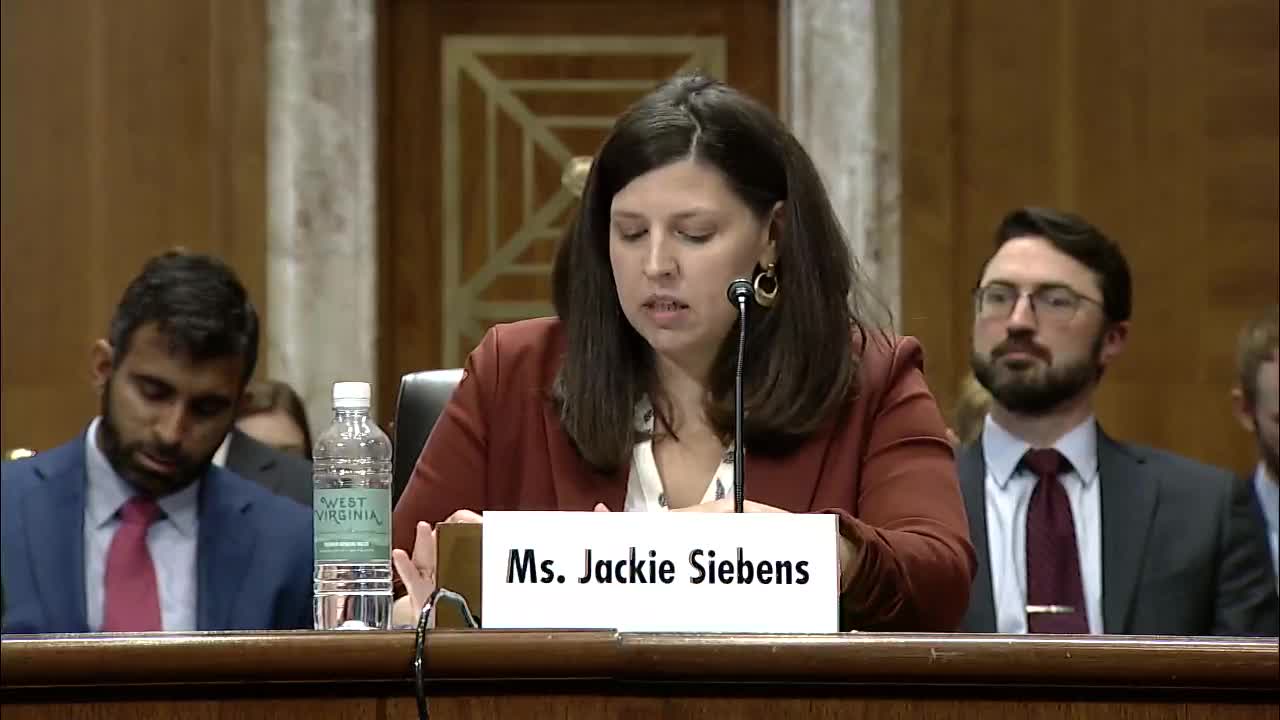Fusion Energy Breakthroughs Promise Commercial Viability Soon
September 19, 2024 | Energy and Natural Resources: Senate Committee, Standing Committees - House & Senate, Congressional Hearings Compilation
This article was created by AI summarizing key points discussed. AI makes mistakes, so for full details and context, please refer to the video of the full meeting. Please report any errors so we can fix them. Report an error »

In a recent government meeting, discussions centered around the future of fusion energy and its potential applications, particularly in smaller facilities. A representative highlighted the minimal external power requirements for fusion plants, noting that a 50-megawatt facility could operate with a small footprint—approximately the size of a football field—using solar panels or a small generator for initial power needs. This efficiency positions fusion as a viable energy source for remote areas, such as Alaska.
Senator Hovind raised concerns about the long-standing promise of fusion energy, questioning whether it would ever transition from being the \"energy source of the future\" to a commercially viable option. In response, experts acknowledged the historical challenges in developing fusion technology but emphasized recent advancements in related fields, such as artificial intelligence and high-temperature materials, which are accelerating progress.
While the timeline for commercial fusion energy remains uncertain, experts indicated that pilot plants demonstrating fusion technology could emerge in the 2030s. They stressed the importance of addressing existing scientific and technological gaps to realize this goal. However, the senator pressed for a more definitive timeline, expressing frustration over the lack of concrete projections despite decades of research.
The meeting underscored the ongoing efforts and investments in fusion energy, with over $7 billion in private sector funding aimed at overcoming barriers to commercialization. As the dialogue continues, stakeholders remain hopeful that the convergence of new technologies will finally bring fusion energy closer to reality.
Senator Hovind raised concerns about the long-standing promise of fusion energy, questioning whether it would ever transition from being the \"energy source of the future\" to a commercially viable option. In response, experts acknowledged the historical challenges in developing fusion technology but emphasized recent advancements in related fields, such as artificial intelligence and high-temperature materials, which are accelerating progress.
While the timeline for commercial fusion energy remains uncertain, experts indicated that pilot plants demonstrating fusion technology could emerge in the 2030s. They stressed the importance of addressing existing scientific and technological gaps to realize this goal. However, the senator pressed for a more definitive timeline, expressing frustration over the lack of concrete projections despite decades of research.
The meeting underscored the ongoing efforts and investments in fusion energy, with over $7 billion in private sector funding aimed at overcoming barriers to commercialization. As the dialogue continues, stakeholders remain hopeful that the convergence of new technologies will finally bring fusion energy closer to reality.
View full meeting
This article is based on a recent meeting—watch the full video and explore the complete transcript for deeper insights into the discussion.
View full meeting